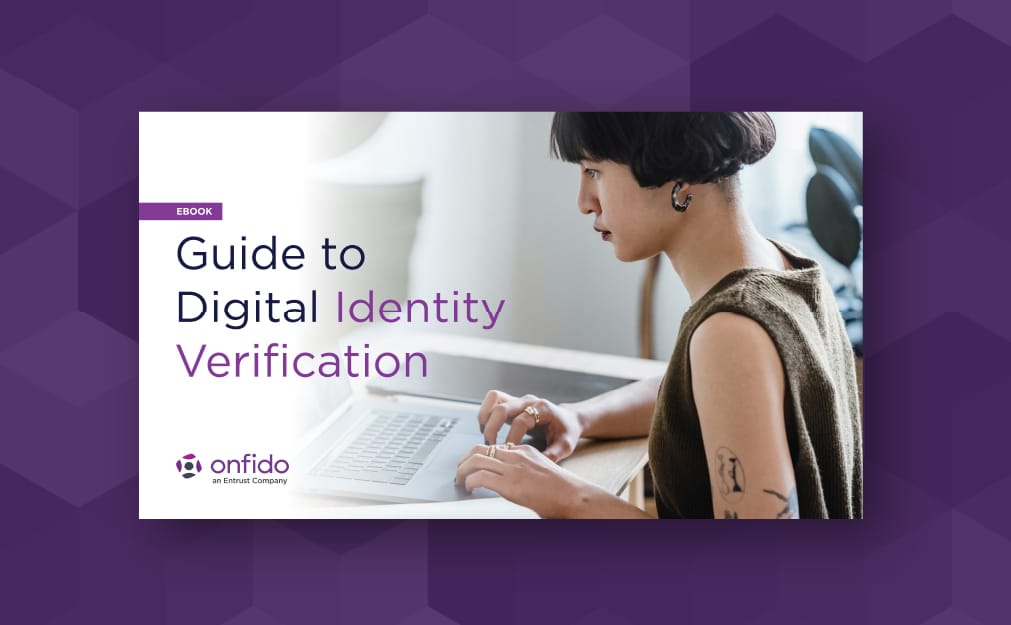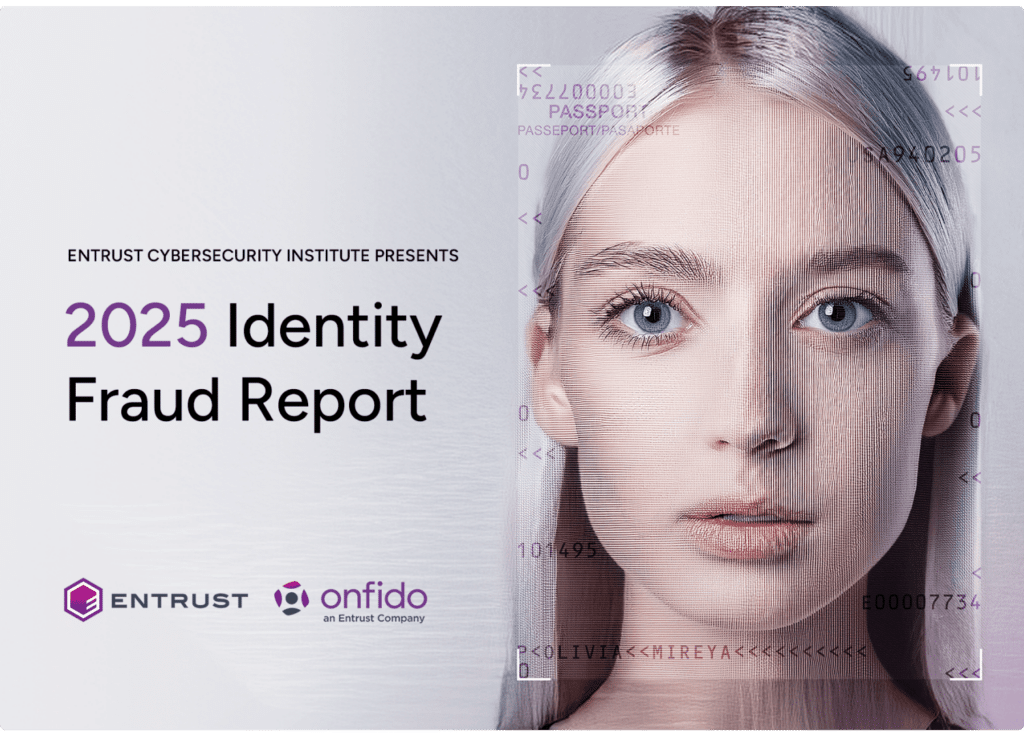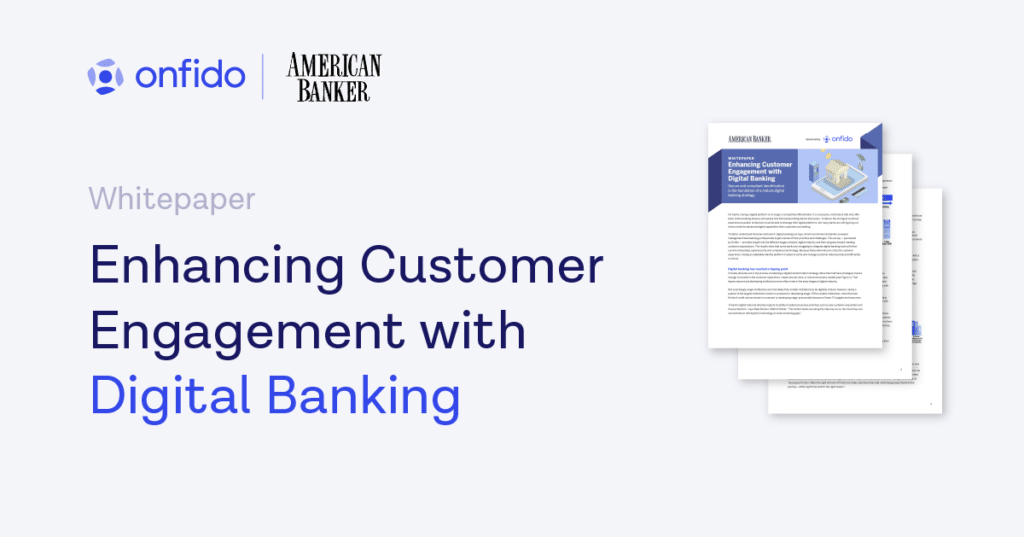Identity verification as a sector has seen immense change over the last ten to twenty years. In this report, learn how the digital identity verification landscape has shifted, especially since (and because of) the Covid pandemic, why businesses should opt for optimized approaches to verification, and where the future of onboarding is heading.
Download the report to learn:
- What the future of onboarding looks like
- How to build a digital identity verification onboarding strategy
- What to use as vendor assessment criteria
- Key features to look for as you evaluate your digital identity verification options






